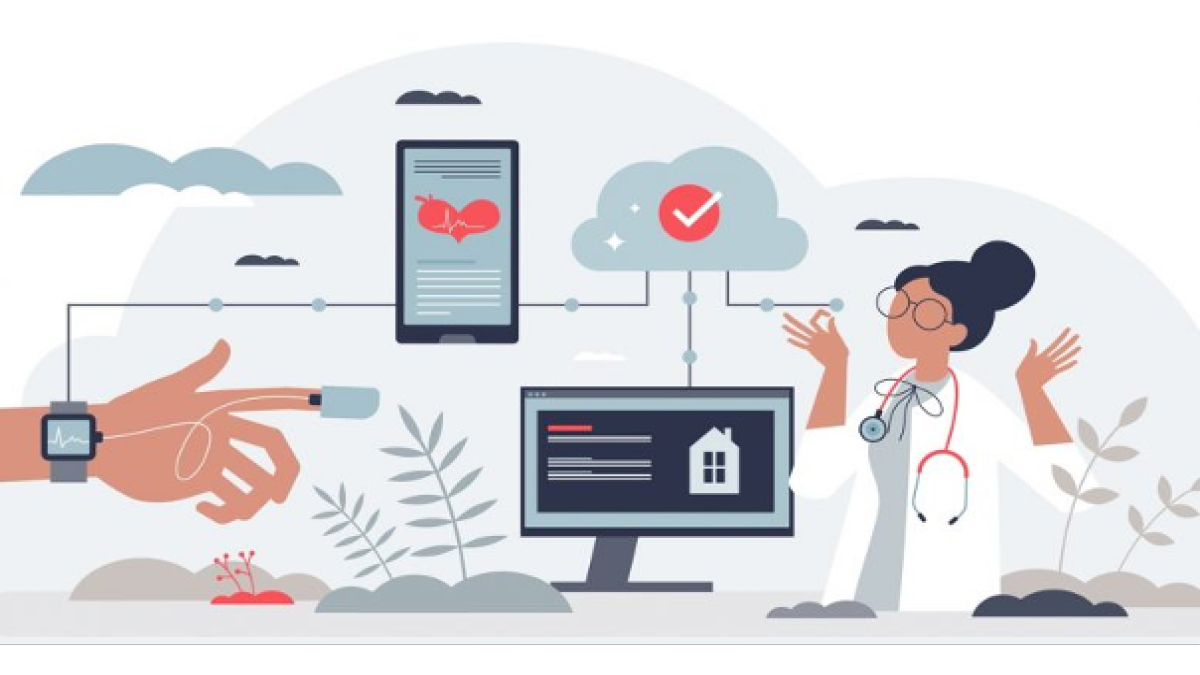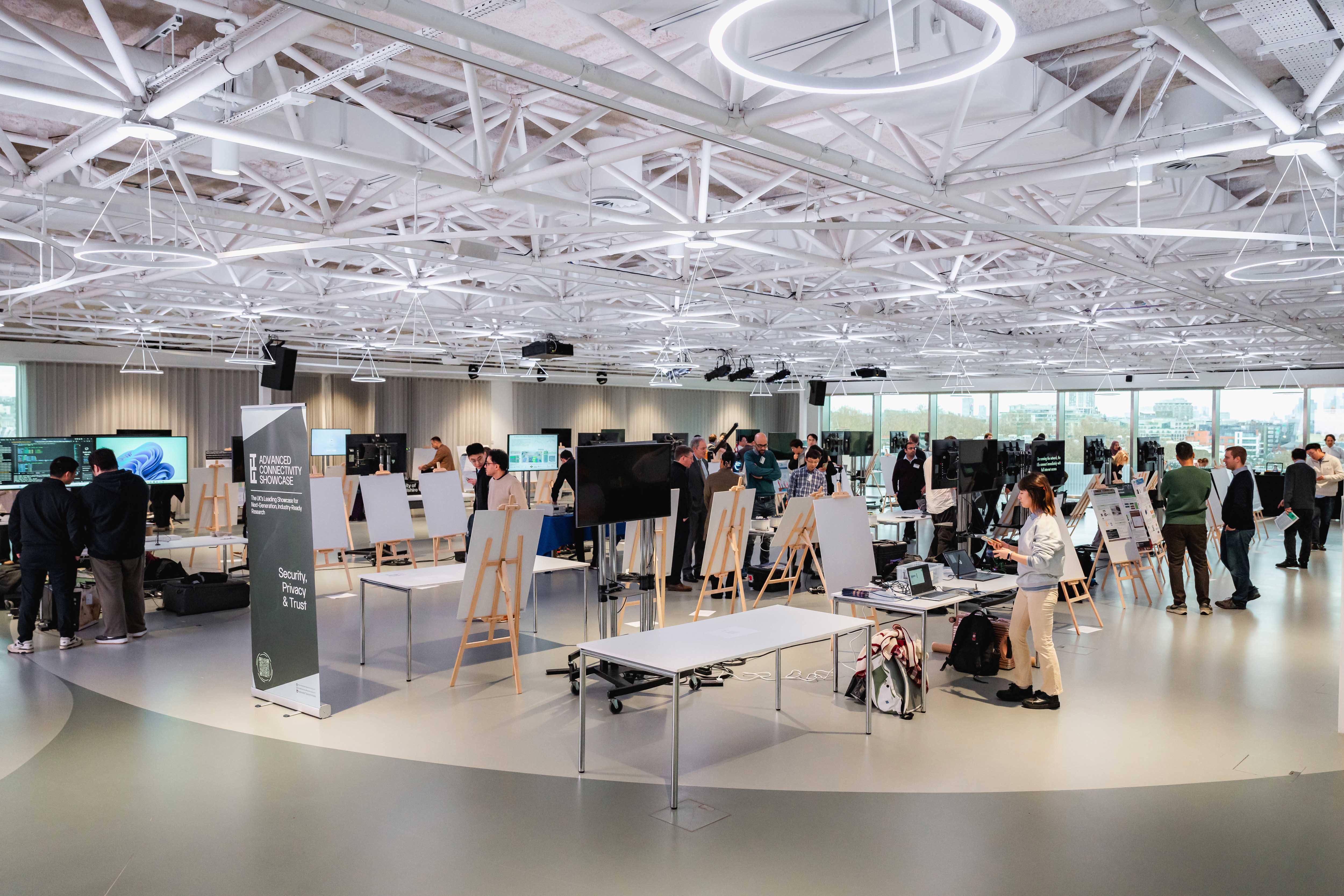FTH Impact in Focus: Securing Connected Care
23 Jul, 2025

Across the Federated Telecoms Hubs: TITAN, CHEDDAR, HASC, and JOINER — researchers are tackling the security challenges of connected healthcare.
Privacy in wearable health tech, authentication in telemedicine, secure data for care homes
This article explores:
-
Privacy in wearable health tech
-
Authentication in telemedicine
-
Secure data handling in care homes
The use of technology to support healthcare is beneficial in the care of elderly and/or vulnerable people. Technology can remotely monitor health including vital signs and activity (fall detection) and send this data to cloud servers able to provide alerts, and 24/7 access to care [1]. However, it raises concerns about how sensitive data related to healthcare is being secured [2].
Wearable devices such as smart watches can be used by aging populations in care homes. These devices offer real-time tracking of vitals and mobility patterns, which can pre-empt emergencies like falls or heart anomalies. However, these devices are collecting sensitive healthcare data about individuals. Sensitive data can be tracked and sold, often without the user’s explicit knowledge, especially concerning for elderly users unfamiliar with permissions and privacy settings [3].
Ensuring that the right person is accessing the session is critical. Multi-factor authentication (MFA) methods are common on secure systems. Additionally biometric verification such as face or fingerprint recognition can be used. These solutions reduce the risks of identity fraud, misdiagnosis, or unauthorized access. Secure, patient-centric authentication protocols are needed to secure digital healthcare technology.
Emerging solutions for security in healthcare include blockchain, zero trust architecture and Homomorphic encryption. Blockchain allows for a fully auditable encryption system where all actions can be traced. Any attempt to alter data is detectable and traceable [4]. Blockchain is also decentralised meaning that there is no single point of failure. Zero trust architecture is the process of consistently authenticating health devices. This ensures strict security measures when dealing with sensitive health data [5]. Homomorphic encryption is the process of training AI to make classification decisions on encrypted data [6]. Ensuring that only the right person can access the sensitive data.
Privacy frameworks should be implemented at the same pace new innovations are being brought forward. As healthcare technology is improving the lives of elderly and/or vulnerable people, it is important to consider their privacy and ensure that their data is protected. Privacy preservation technologies such as Radar and Wi-Fi sensing systems have shown sensing capabilities of elderly people at the University of Glasgow [7,8,9]. This is a better alternative to having to video surveillance inside homes. Although video surveillance monitoring can even be done using AI for monitoring, it is still a privacy concern. Reflective intelligent surfaces can be used to ensure that any sensitive data being transmitted wirelessly is directly transmitted to the receiver device, reducing the possibility of eavesdropping [10].
When developing healthcare technology, ethical and legal understanding of how data is secured should be a priority. As users may be cautious about using monitoring devices being used in their home, being transparent about data usage polices and having robust security can be seen as competitive advantage [11].
As healthcare technology is becoming more and more promising. It is important to make sure that care is being taken to secure sensitive data and that users can remain dignified when using healthcare technology. This can build trust in the technology and allow for people to have a better quality of life.
References
[1] Rohmetra, H., Raghunath, N., Narang, P., Chamola, V., Guizani, M., & Lakkaniga, N. R. (2023). AI-enabled remote monitoring of vital signs for COVID-19: methods, prospects and challenges. Computing, 1-27.
[2] Vyas, A., Abimannan, S., & Hwang, R. H. (2021). Sensitive Healthcare Data: Privacy and Security Issues and Proposed Solutions. Emerging Technologies for Healthcare: Internet of Things and Deep Learning Models, 93-127.
[3] Murthy, S., Bhat, K. S., Das, S., & Kumar, N. (2021). Individually vulnerable, collectively safe: The security and privacy practices of households with older adults. Proceedings of the ACM on Human-Computer Interaction, 5(CSCW1), 1-24.
[4] Corradini, F., Marcelletti, A., Morichetta, A., Polini, A., Re, B., & Tiezzi, F. (2022). Engineering trustable and auditable choreography-based systems using blockchain. ACM Transactions on Management Information Systems (TMIS), 13(3), 1-53.
[5] He, Y., Huang, D., Chen, L., Ni, Y., & Ma, X. (2022). A survey on zero trust architecture: Challenges and future trends. Wireless Communications and Mobile Computing, 2022(1), 6476274.
[6] Munjal, K., & Bhatia, R. (2023). A systematic review of homomorphic encryption and its contributions in healthcare industry. Complex & Intelligent Systems, 9(4), 3759-3786.
[7] Hameed, H., Usman, M., Tahir, A., Hussain, A., Abbas, H., Cui, T. J., … & Abbasi, Q. H. (2022). Pushing the limits of remote RF sensing by reading lips under the face mask. Nature communications, 13(1), 5168.
[8] Khan, M. Z., Bilal, M., Abbas, H., Imran, M., & Abbasi, Q. H. (2025, April). A Novel Multimodal LLM-Driven RF Sensing Method for Human Activity Recognition. In 2025 2nd International Conference on Microwave, Antennas & Circuits (ICMAC) (pp. 1-4). IEEE.
[9] Taylor, W., Hill, D., Adam, R., Cooper, J., Abbasi, Q. H., & Imran, M. A. (2024). WearRF: Hybrid Sensing for Fatigue Detection Using Wearables and RF. IEEE Sensors Journal.
[10] Kazim, J. U. R., Tahir, A., Rains, J., Cui, T. J., Jabbar, A., Jamshed, M. A., … & Abbasi, Q. H. (2023). In‐Home Monitoring Using Wireless on the Walls for Future HealthCare: Real‐World Demonstration. Advanced Intelligent Systems, 5(9), 2300007.
[11] Adewusi, A. O., Okoli, U. I., Adaga, E., Olorunsogo, T., Asuzu, O. F., & Daraojimba, D. O. (2024). Business intelligence in the era of big data: A review of analytical tools and competitive advantage. Computer Science & IT Research Journal, 5(2), 415-431.




